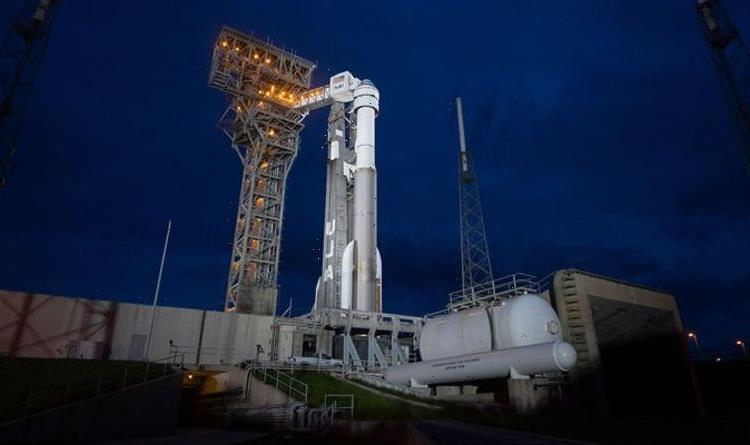More On:
international space station
ISS reports scare after engine trouble with new Russian module
Russia’s new Nauka space module docks with ISS
Xi congratulates Chinese astronauts aboard space station
NASA is trying to figure out how to do laundry in space
A brainless, yellow slime mold — affectionately called the Blob — will be launched to the International Space Station to help study the effects of the station’s environment.
Also known as known as Physarum polycephalum, the Blob — not to be confused with the alien invader from the 1958 sci-fi film — will be launched Aug. 10 aboard Northrop Grumman’s 16th commercial resupply services mission.
The single-celled Blob has intrigued scientists because of its ability to perform cognitive tasks — without a brain. It can make decisions, sleep and navigate a maze, as well as transmit knowledge to other slime molds.
In one of six experiments taking the trip up to the ISS, researchers will tap into the effects of radiation and microgravity — or weightlessness — on the organism.
The Blob experiment is an educational investigation by the National Centre for Space Studies (CNES) in partnership with the French Center for Scientific Research and the European Space Agency.
“Blob is a unique experience that stimulates student curiosity about themes such as the impact of the environment on organisms and the development of living organisms,” said Evelyne Cortiade-Marché, head of the CNES education department, in a statement. “This educational experiment offers the opportunity to carry out a real scientific experimental process in a playful, collaborative and media-oriented context.”
The Blob investigation will use two protocols to observe the Blob’s behavior under varying conditions. In the “Exploration” protocol, a Blob is placed in the center of a circular container without food. Conversely, in the “Exploitation” protocol, a Blob is placed in the center of a circular container in the presence of food — a delicious menu of four oat flakes placed 1 centimeter from the Blob.
But the organism will not be traveling alone. One “Blob kit” will launch to the ISS containing a “Blob’s box” with four Blob cells inside, a 3-millimeter syringe, a USB cable to power the Blob’s box, and two micro-SD cards and adapters.
Upon arrival, European Space Agency astronaut Thomas Pesquet will awaken the Blob with a few drops of water. From there, in four-second bursts, a video will record the Blob’s cell on a micro SD-card every 10 minutes during the seven days of the investigation.
To observe how microgravity impacts the Blob’s behavior towards its food, students ages 10 to 18 years old from 5,000 schools back on Earth will compare the findings from slime mold samples here to those on the space station. The students will look out for differences in speed shape and growth of the slime molds.
After the seven-day period, the Blob will enter a dormant state and stay at the ISS.
According to the researchers, there is no direct space application for the findings. However, the investigation will be used to promote science in schools and to show students how scientists study what happens in space.
“Our aim is to investigate the effect of microgravity on slime mold behavior, especially exploration behavior but also growth,” said Dr. Audrey Dussutour, a slime mold specialist and director of research at the French National Center for Scientific Research, during a Monday press conference. “But the real main objective of this project is to engage kids in interesting, exciting scientific experiments.”
Other mission experiments include, among others, studying the feasibility of 3D printing of lunar structures using rocky material — which could open the possibility of a permanent human presence off-Earth — and attempting an accelerated investigation into the gradual loss of muscle mass with help from microgravity, which speeds up the process.
Share this article:
Source: Read Full Article







